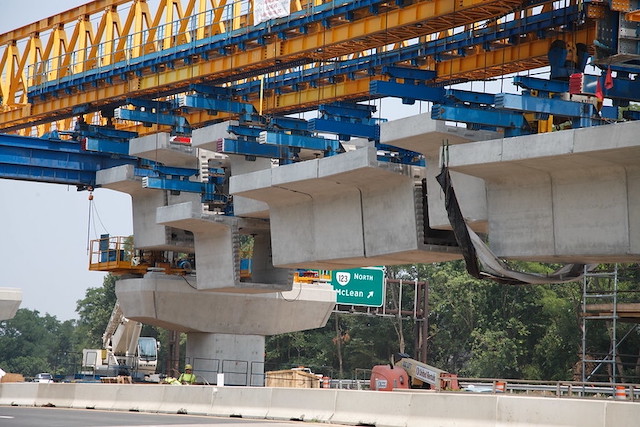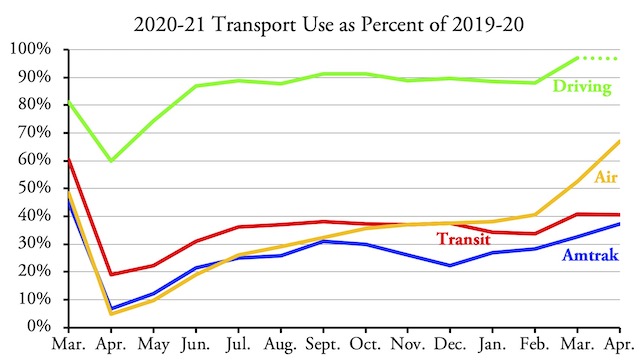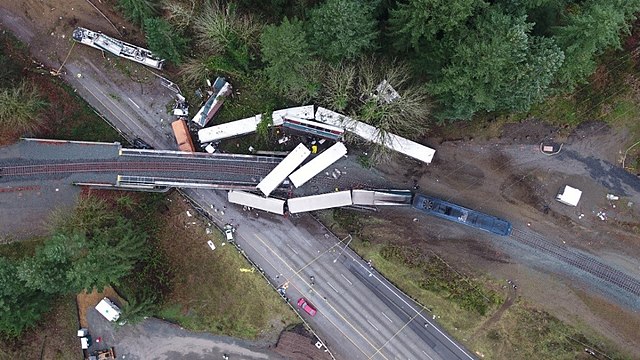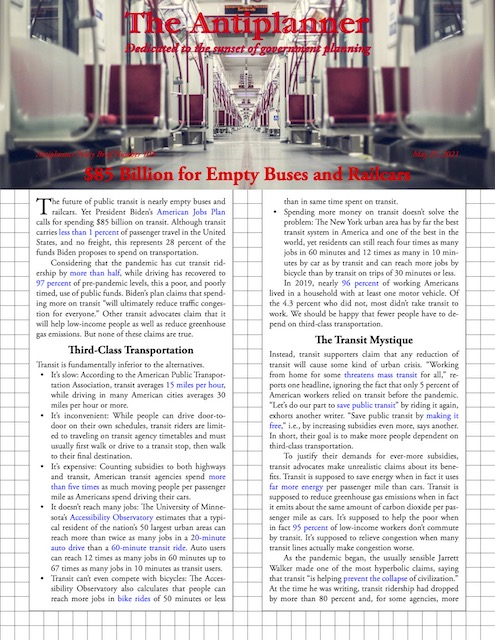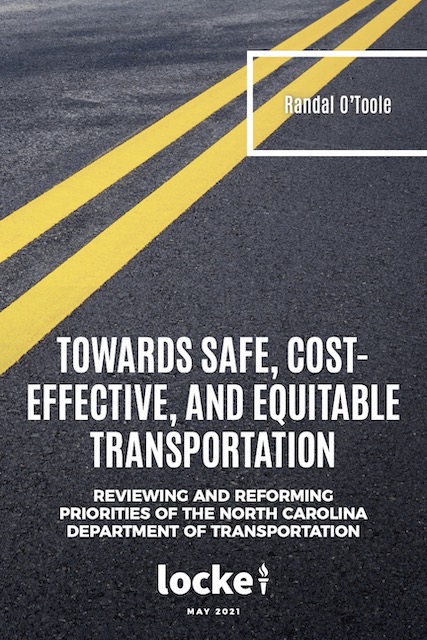An estimated 38,680 people died in motor vehicle traffic accidents in 2020, a 7 percent increase from 2019, according to the National Highway Traffic Safety Administration (NHTSA). This is despite the fact that Americans drove 13 percent fewer miles in 2020 than they did in 2019. One caveat: the 2020 numbers are only preliminary based on a “statistical projection.”
The reported increase in fatalities pushed fatality rates up to 13.7 deaths per billion vehicle-miles traveled in 2020 and 1.45 in the last nine months of 2020, the highest rate since 2004. Fatality rates had declined to just 10.8 per billion miles in 2014, then hovered between 11 and 12 for the next five years.
The 2008 financial crisis led to a 1 to 2 percent annual decline in driving in 2008 and 2009, which resulted in a nearly 10 percent annual decline in fatalities. The pandemic led to a 13 percent decline in driving, yet fatalities increased. What was the difference between these two events that one made highways safer and the other made them more dangerous? Continue reading

